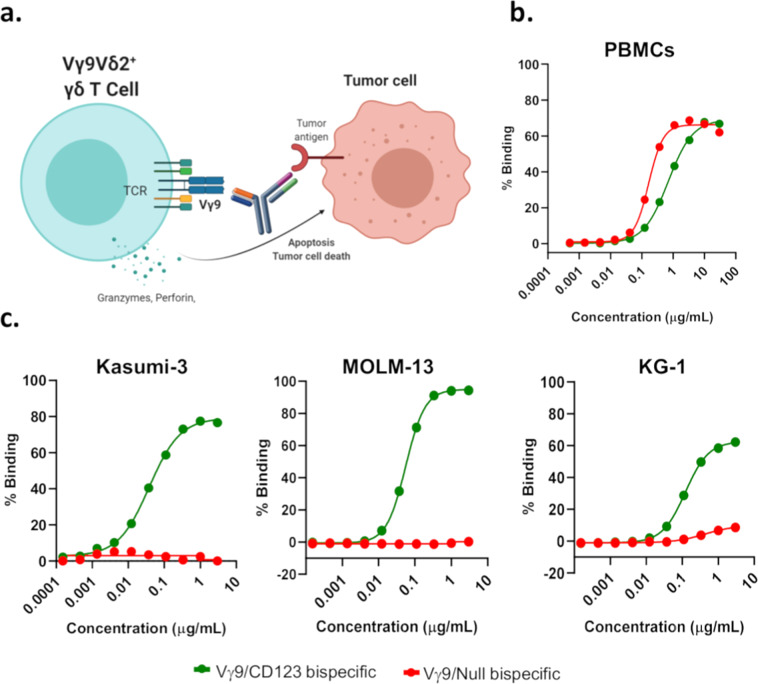Fig. 1. Mechanism of action and binding of anti-TRGV9/anti-CD123 (Vγ9/CD123) bispecific antibody to Vγ9+ γδ T cells and CD123-expressing tumor cells.
a Bispecific antibody bridges the tumor to T cells and assists with the establishment of immune synapse, leading to the release of cytolytic agents such as perforin. Binding of bispecific antibodies to PBMCs (b) that were activated and expanded with Zoledronic acid+IL-2+IL-15 for 14 days and (c) CD123-expressing tumor cell lines (Kasumi-3, MOLM-13, and KG1) were assessed by flow cytometry. The mean EC50 value derived from seven healthy donors was 6.7 and 6.4 nM for Vγ9/CD123 (green) and Vγ9/Null (red) bispecific antibody, respectively, (b) and the mean EC50 value for tumor lines were 0.43, 0.51, and 0.94 nM for Kasumi-3, MOLM-13, and KG-1, respectively (c).

